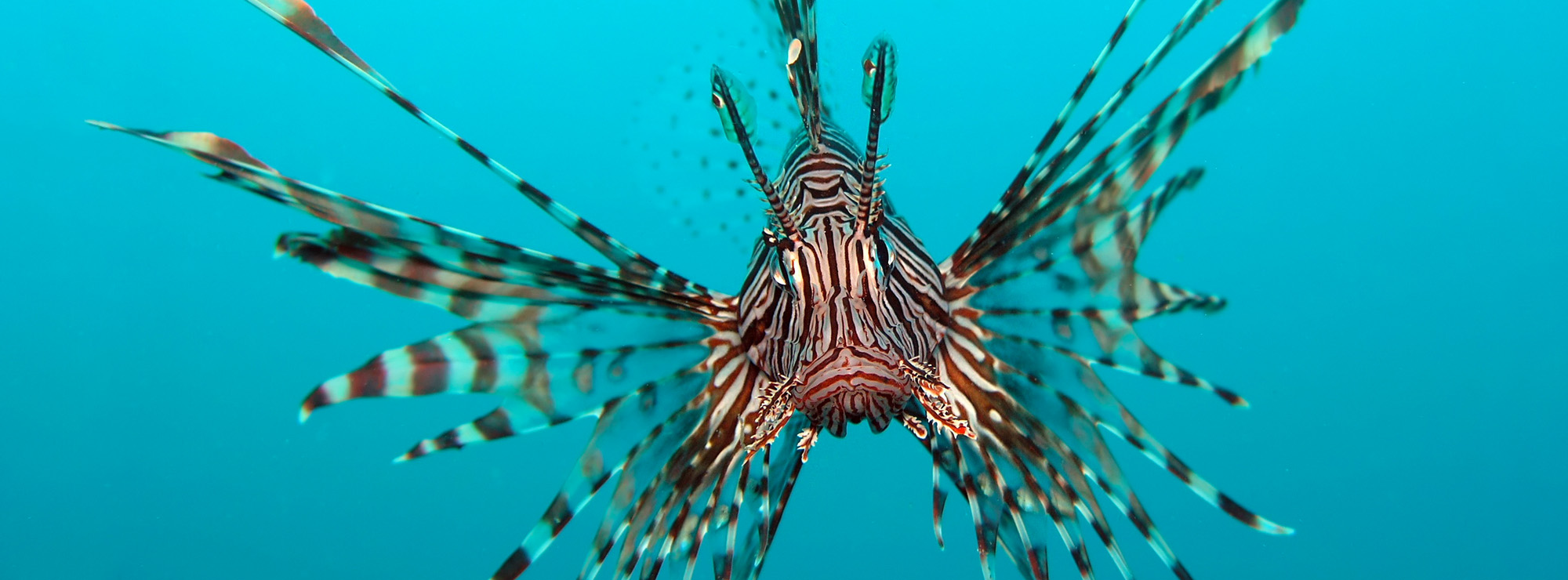WHY THIS MATTERS IN BRIEF
Increasingly hostile states are sabotaging and cutting subsea energy and internet cables across Europe, so new solutions to stop it are needed.
 Love the Exponential Future? Join our XPotential Community, future proof yourself with courses from XPotential University, read about exponential tech and trends, connect, watch a keynote, or browse my blog.
Love the Exponential Future? Join our XPotential Community, future proof yourself with courses from XPotential University, read about exponential tech and trends, connect, watch a keynote, or browse my blog.
Dutch tech scaleup Optics11 has launched an underwater monitoring system that uses light waves to “listen” for the presence of foreign objects. Called OptiBarrier, the system can detect enemy submarines, drones, and surface vessels from up to 150km away — without revealing its own position.
“We listen with light,” said the company’s CEO, Paul Heiden. “That means our technology is entirely undetectable and can’t be jammed.”
The standard method for listening underwater is through electromagnetic fields. Devices emit electromagnetic pulses and detect the presence of an object, such as a ship or submarine, based on the waves that bounce back. That works, but it’s detectable to enemy vessels and can be jammed.
The Future of European Energy and Security, by Keynote Matthew Griffin
OptiBarrier takes a different approach. Sound waves — such as those from a passing ship or submarine — cause tiny pressure changes in the underwater fibre optic sensors, altering how the light moves.
These minute changes are transmitted via cable to land. There, specialised software interprets the disturbances, turning photonic pulses into meaningful acoustic data.
According to Heiden, the system automatically compares the noise to an extensive military database of vessel sounds.
“From the sound pattern alone, we can often tell what kind of ship is approaching. In some cases, we can identify the exact make and model,” he said.
That level of intelligence could give navies and coastal authorities a major tactical advantage, offering early warnings of approaching threats while remaining invisible to the enemy.
OptiBarrier has already been tested at the Seabed Security Experimentation Centre (SeaSEC) in The Hague, Netherlands. The company plans to roll it out in Europe first, but is hush-hush about the timeline.
The system launches amid growing concerns over maritime security. Since Russia’s full-scale invasion of Ukraine in 2022, fears have intensified over the vulnerability of subsea infrastructure such as subsea cables, offshore wind farms, and gas pipelines.
The war and broader geopolitical tensions are pushing European governments to invest in maritime defence tech, including deploying autonomous ocean surveillance drones and building new submarines.
Optics11 has also developed a second product, OptiArray, tailored specifically for submarines and underwater drones. Using the same fibre optic technology, this version is designed not for the seafloor but as an antenna mounted directly on the vessel’s exterior. It allows these underwater vehicles to detect nearby threats while remaining completely undetectable themselves.
The Royal Netherlands Navy is already testing OptiArray, and plans to integrate it into its new class of submarines, set for roll-out in 2032.















